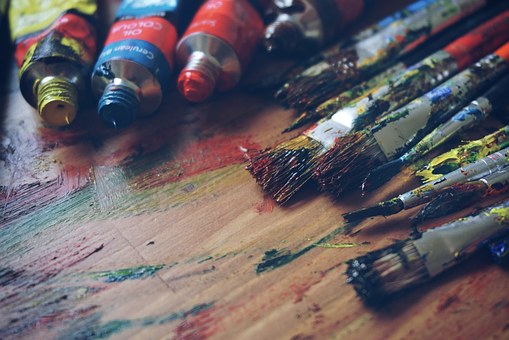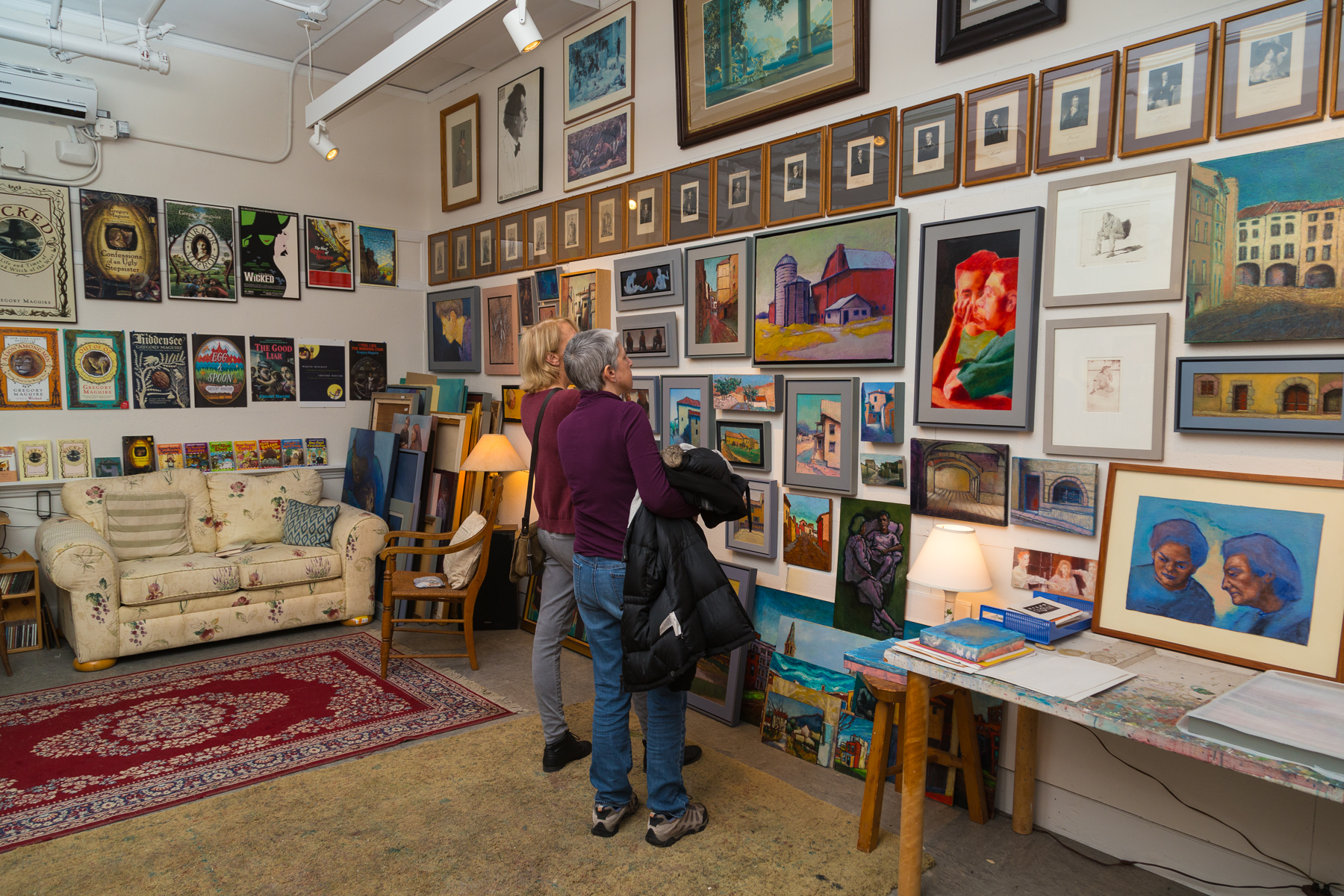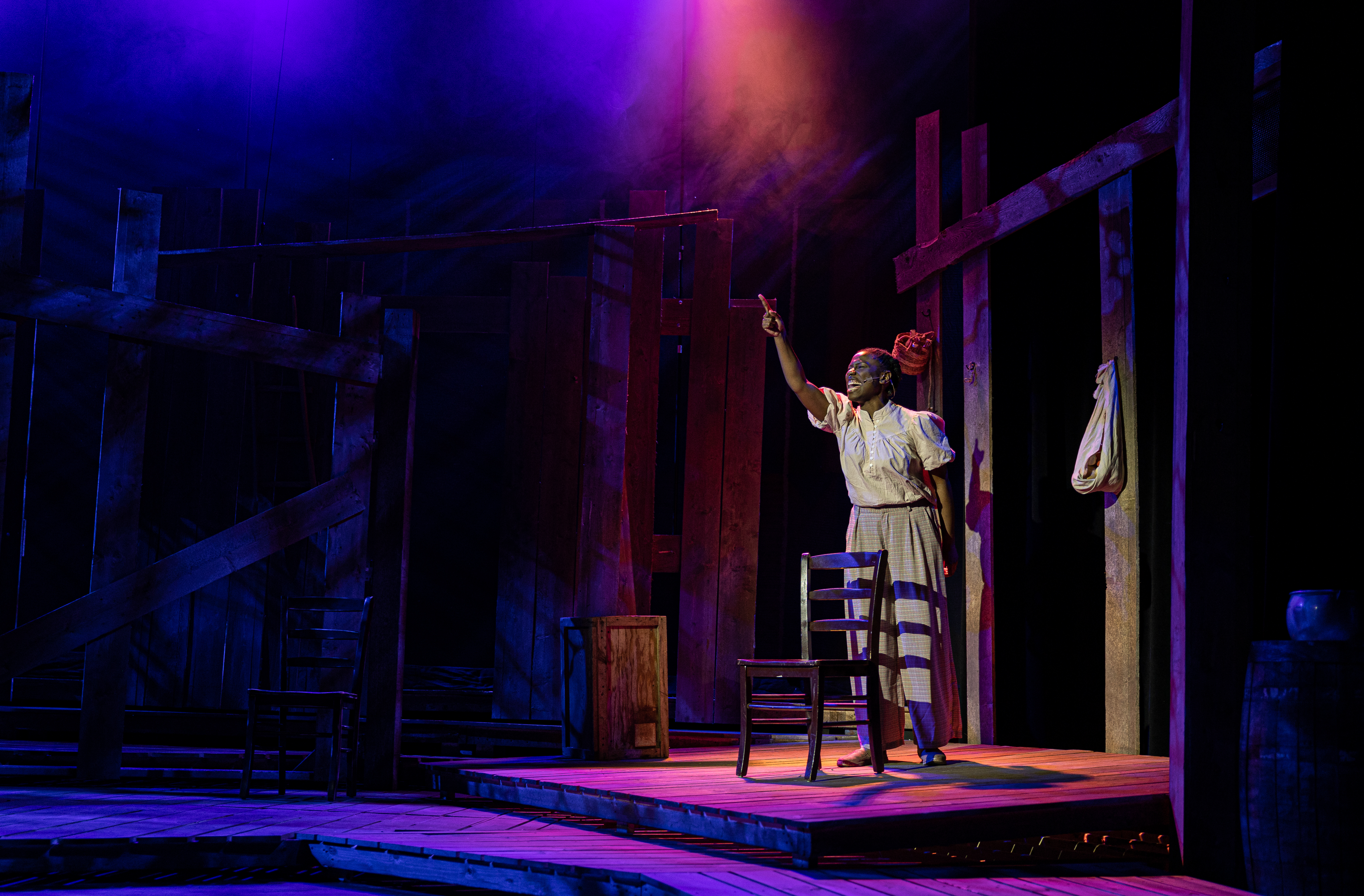Notes on The Colored Museum
May 15, 2022 by Stewart
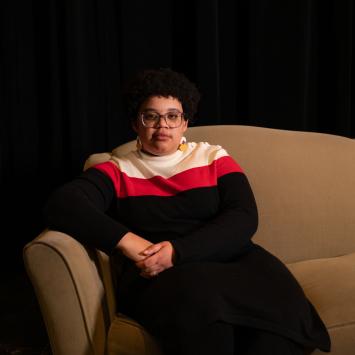
The following notes by director Pascale Florestal and dramaturg Abraham Rebollo-Trujillo appear in the playbill for The Umbrella Stage Company's production of The Colored Museum, running May 20-June 5, 2022. The production is being presented in parallel to and collaboratively with The Colored Museum: Past, Present, Future, a visual arts exhibition curated by Boston artist and activist Cedric Vise1 Douglas. Photograph of Florestal and the cast by Gillian Mariner Gordon.
NOTE FROM THE DIRECTOR
It has always been a dream of mine to bring The Colored Museum to life. George C. Wolfe beautifully articulates the Black experience in this seminal piece of theater. The Colored Museum was one of the first plays I read in high school, leading me down a path of work that would continue the conversations of race and the ways in which they affect our everyday lives. It’s one of the few plays that doesn’t shy away from the darkness and light of the Black experience. So much of the work we have seen in theater focuses heavily on Black trauma and pain, and provides no opportunity to understand how we must live with it.
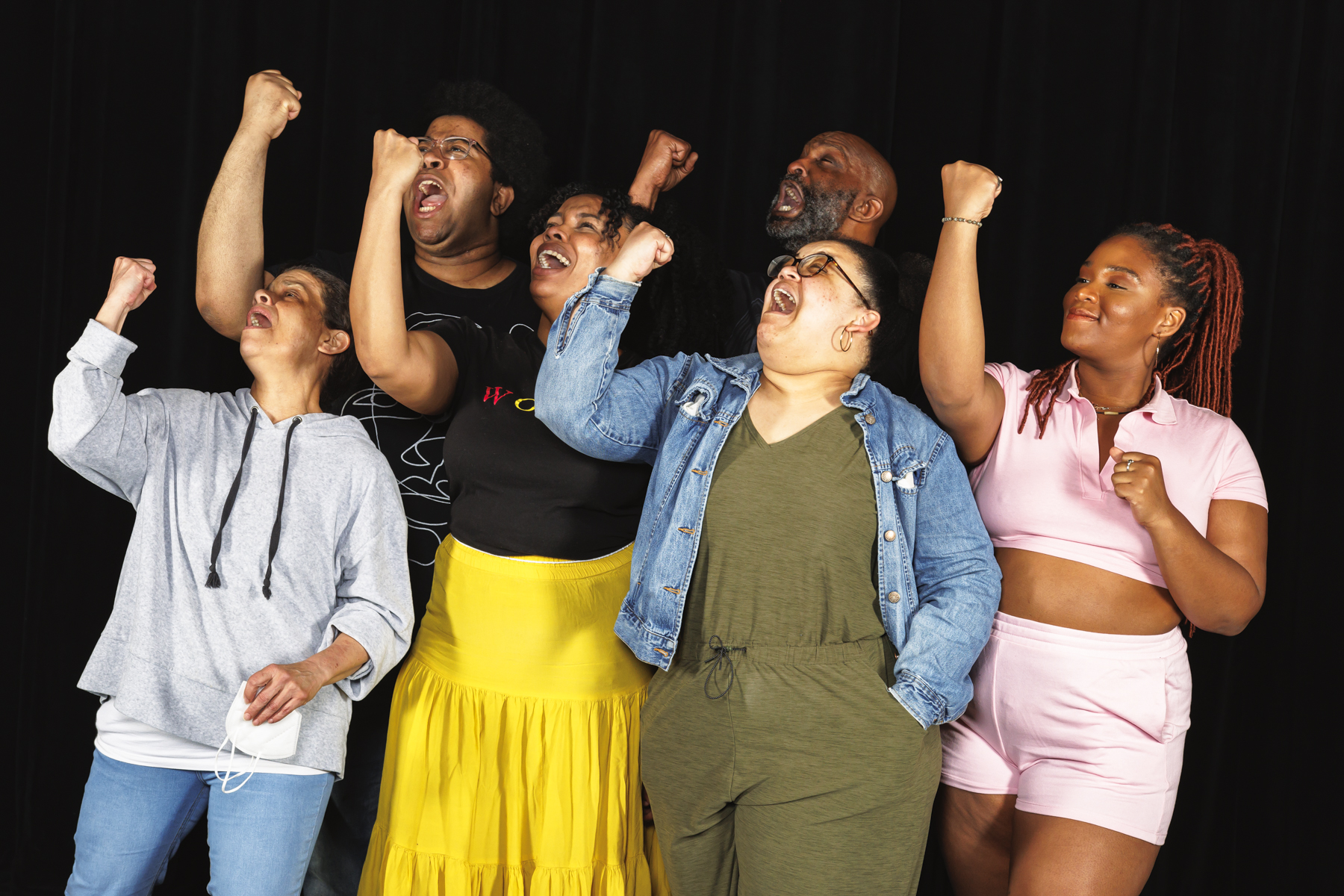 As the cast and I dove into the text, the recurring theme of “The Madness” reverberated through our conversations. This madness has lived within us for centuries and has evolved in ways we are still trying to understand and deconstruct. I would remark on what those early days of this play being written must have been like. How did audiences wrestle with these deep and complicated conversations about race while being thrust into the madness of this incredible and iconic script. Now almost 40 years later we get to experience the madness here in Concord. The madness is more than racism and the everyday microaggressions Black people experience. It’s the ways in which we believe Museums hold the right to take and display things from other cultures, and how those institutions profit off of that theft. The madness is celebrities like Kim Kardashian profiting off her cultural appropriation of Blackness while we continue to see Black bodies arrested and violated for being Black.
As the cast and I dove into the text, the recurring theme of “The Madness” reverberated through our conversations. This madness has lived within us for centuries and has evolved in ways we are still trying to understand and deconstruct. I would remark on what those early days of this play being written must have been like. How did audiences wrestle with these deep and complicated conversations about race while being thrust into the madness of this incredible and iconic script. Now almost 40 years later we get to experience the madness here in Concord. The madness is more than racism and the everyday microaggressions Black people experience. It’s the ways in which we believe Museums hold the right to take and display things from other cultures, and how those institutions profit off of that theft. The madness is celebrities like Kim Kardashian profiting off her cultural appropriation of Blackness while we continue to see Black bodies arrested and violated for being Black.
As you enter The Umbrella, I hope audiences will engage with our own version of “The Colored Museum” in The Umbrella galleries. It's an honor to collaborate with Cedric Vise1 Douglas and showcase these 10 amazing Black Artists. We want to reclaim the idea of the museum experience, take away the archetypes and center the artists and art while providing a space that welcomes those who are normally not welcomed. In the playbill and gallery audiences will find an Oath Card that we have curated for the post-show experience. I encourage audiences to engage with that card after the show and go back to “The Colored Museum” inside the lobby. Let the Madness envelop you so maybe you can have a deeper understanding of what it may mean to live in the colored contradictions of this world.
It’s important that you listen, respond, engage, dance, let yourself be known in this space, as the actors and artists are expecting you to be with them through this ride, so hold on tight and Get On Board!
Pascale Florestal
DRAMATURG’S NOTE
Jewish legend tells the story of a young Abraham who, tasked with watching over his father’s idol shop, proceeds to smash all the idols and place his weapon in the hands of the largest. His father confronts him, and he replies, “The largest idol did it.”
“That’s ridiculous, idols can’t do anything, they’re idols,” says his father.
“Do you hear yourself speaking?” retorts Abraham.
Indeed, New York Times editor Jeremy Gerard summarized the plot of The Colored Museum well when he alluded to the Jewish myth in his 1986 review. George C. Wolfe’s work plays on the idols of African American history and irreverently flips them, juggles them, and lets them come crashing to the ground. The characters take off on a bumpy transatlantic flight from the Gold Coast of Africa and land in Savannah, Georgia, where they’re subjected to the construction of their African American identity, the terrors of war, an all-Black musical where no one dies, and a party where everyone from Nat Turner to Aunt Jemima dance together for eternity.
In the end, the question remains: What is to be done with these idols? We can’t sweep them up and toss them away, lest they come crawling out of the dumpster with a vengeance. Nor can we, gripped with nostalgia, cling to these relics of bygone years in hopes of attaining salvation through them. And if we embrace them—in all their colored contradictions—how do we do so while moving through the chaos of American history? How do we rebuild from the rubble of our idols towards a more enlightened future, where all can take part in a celebration of life with the ancestors? The idols are smashed; now we must create something useful.
Abraham Rebollo-Trujillo, Dramaturg


